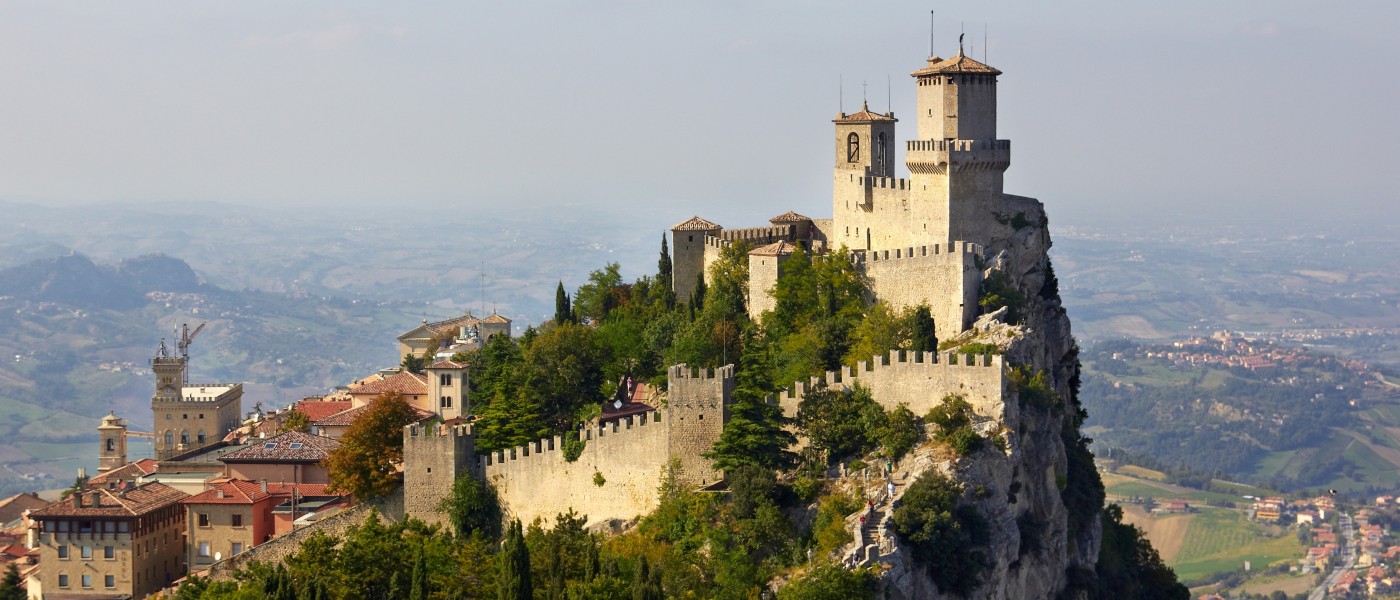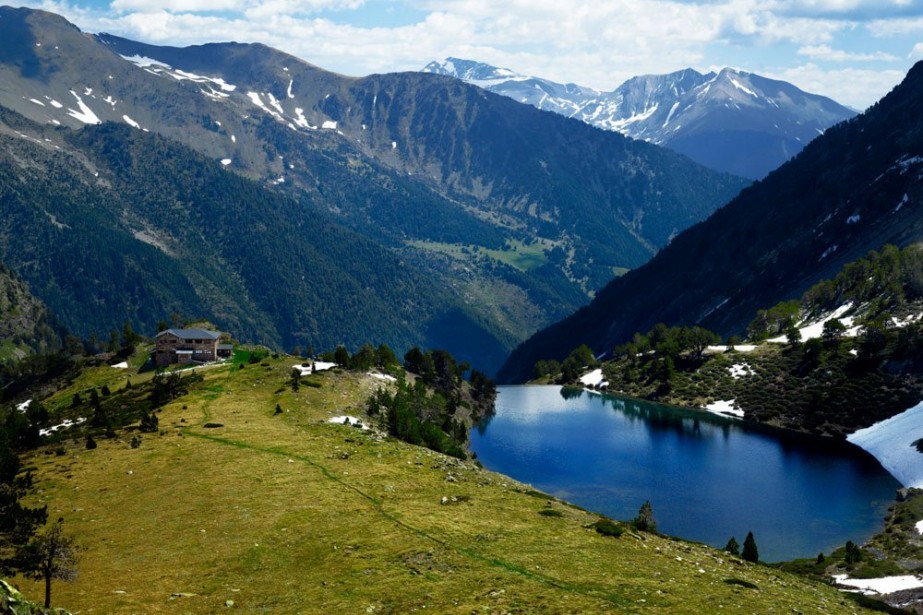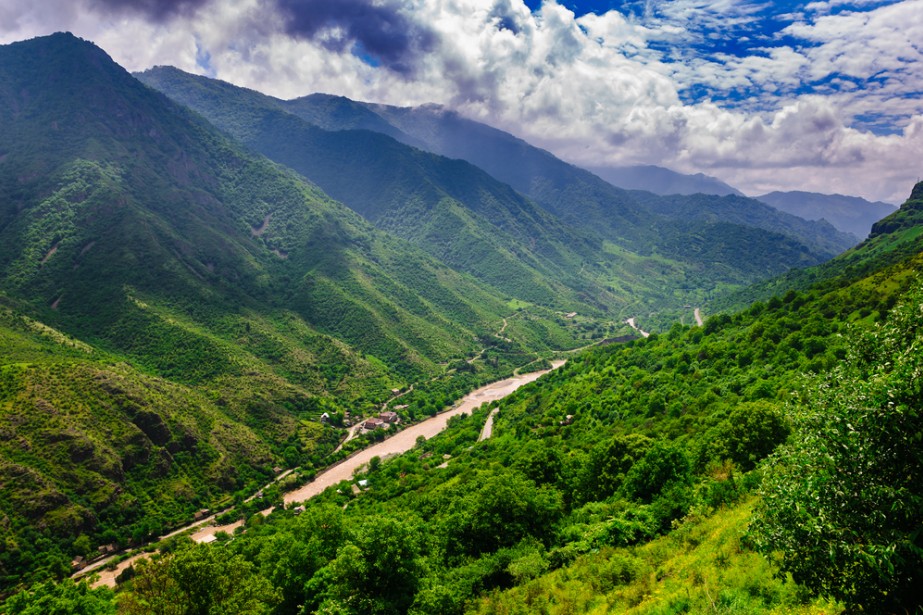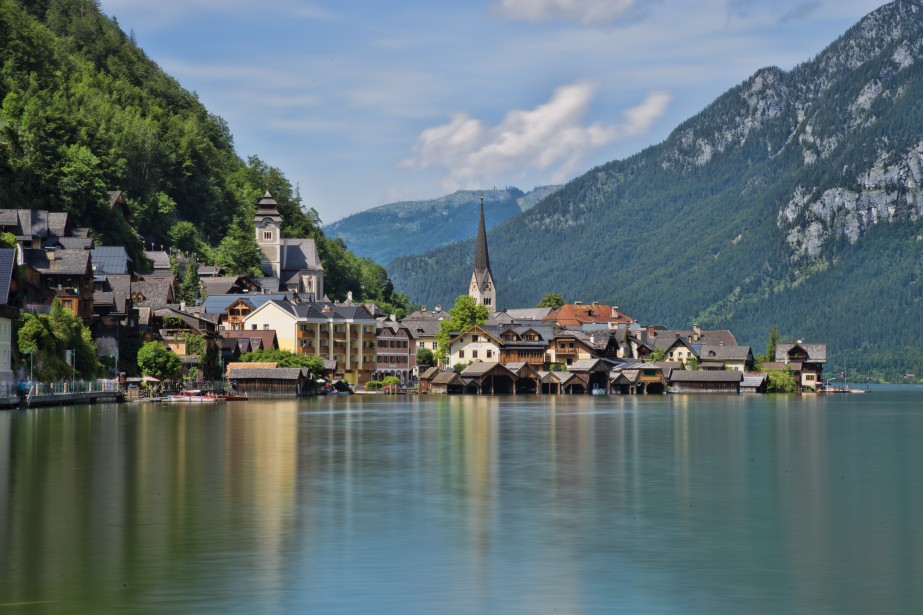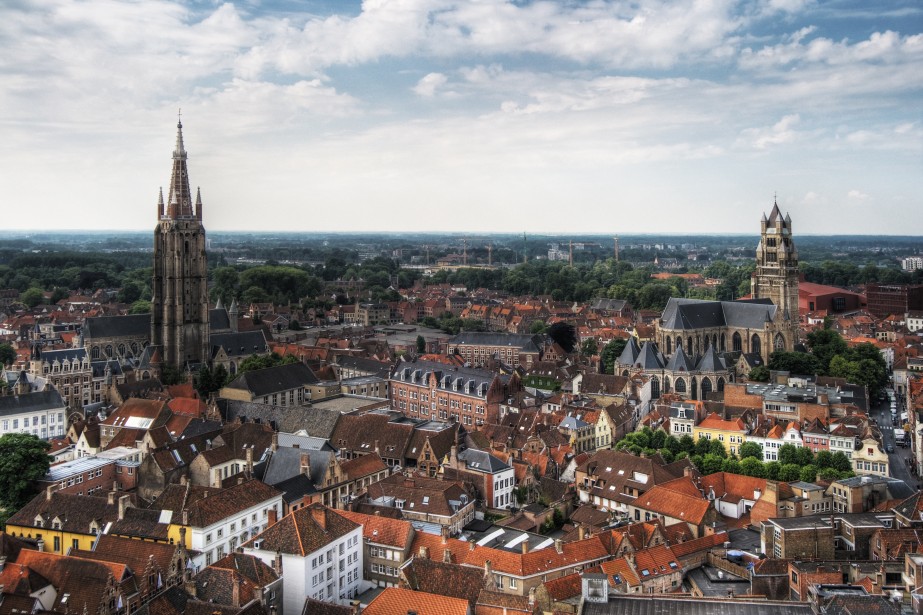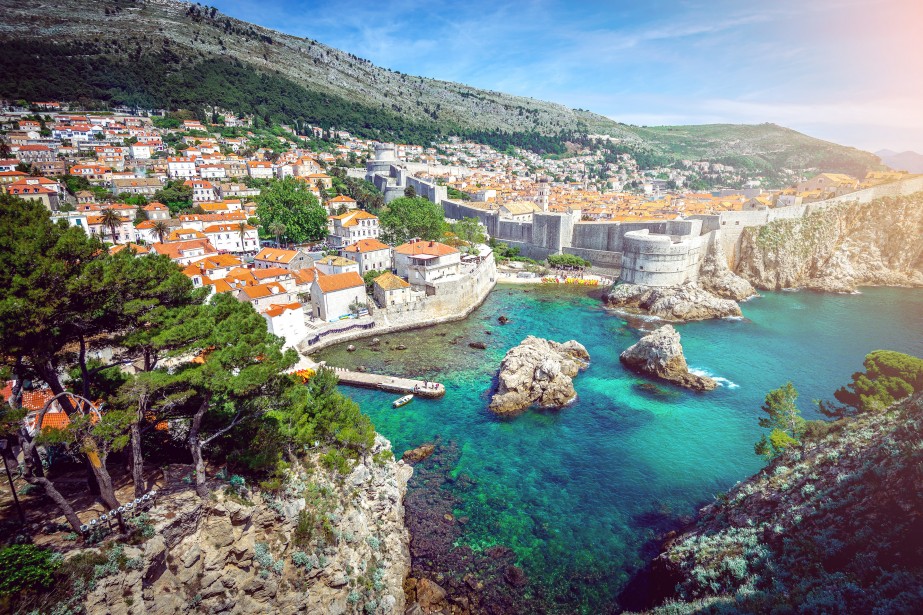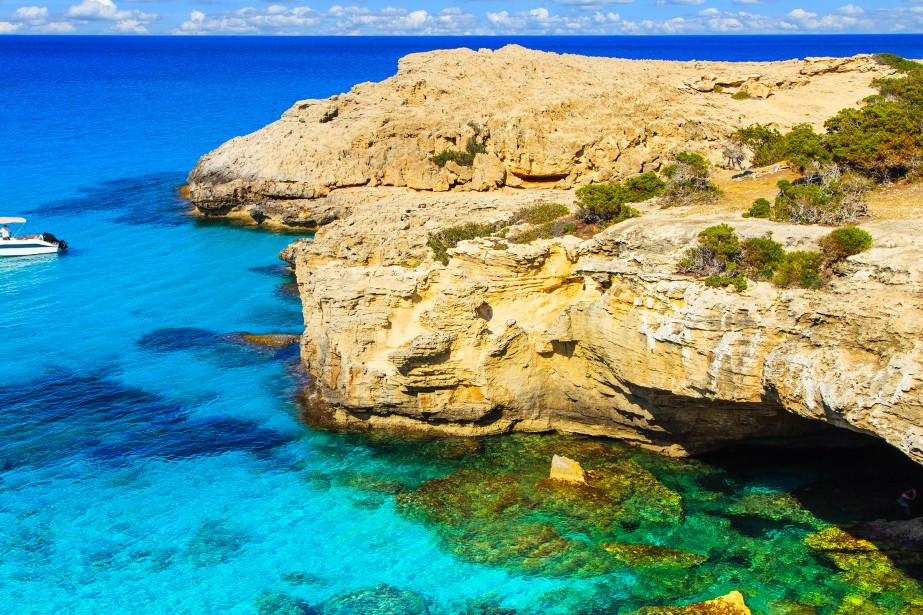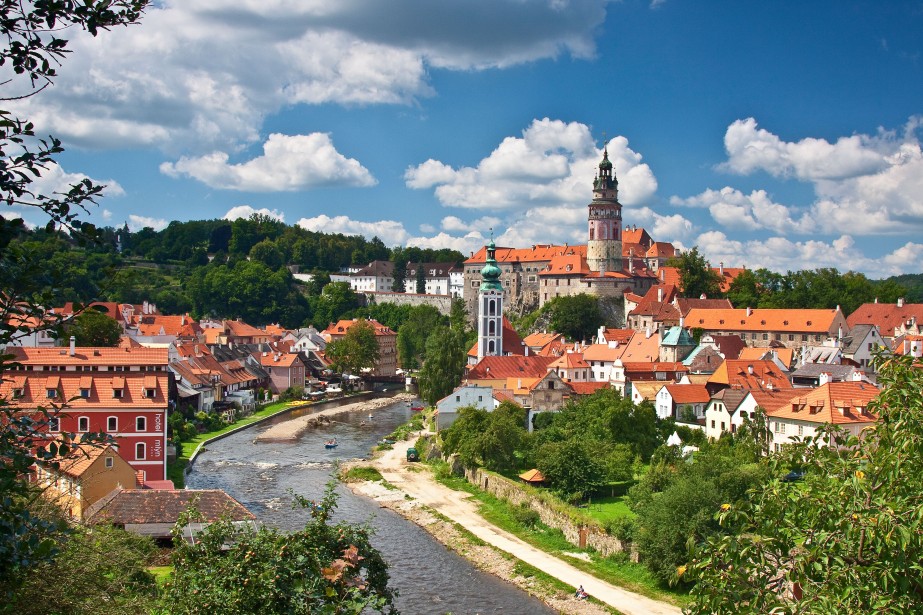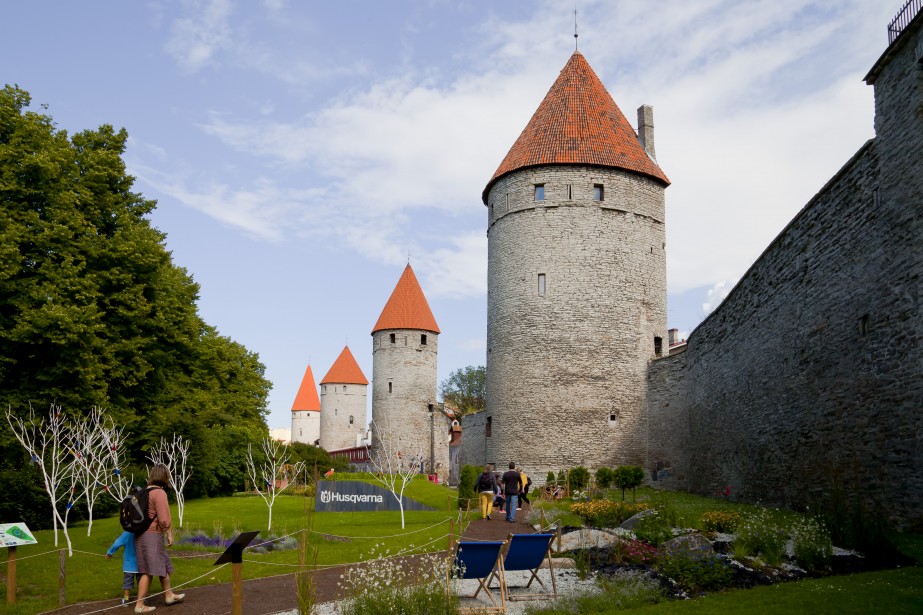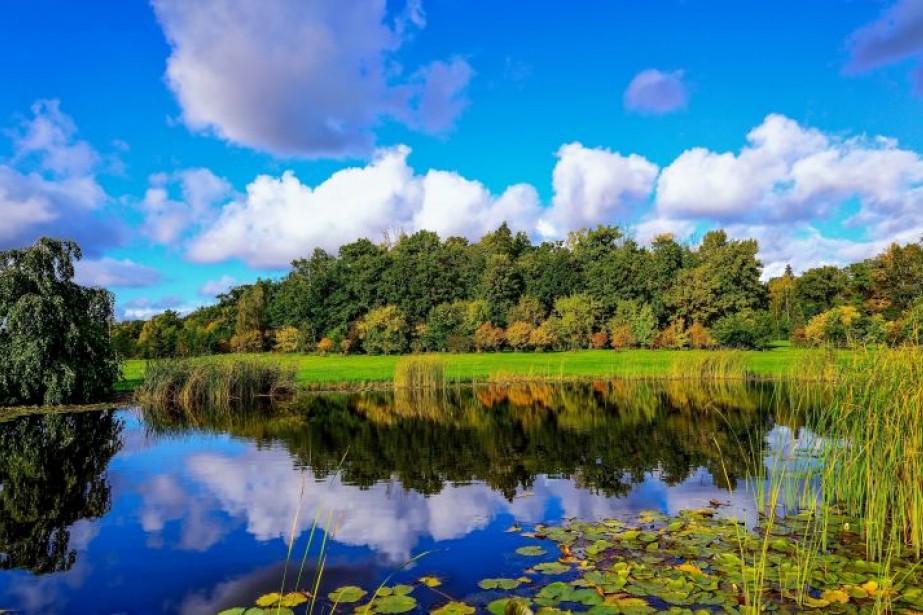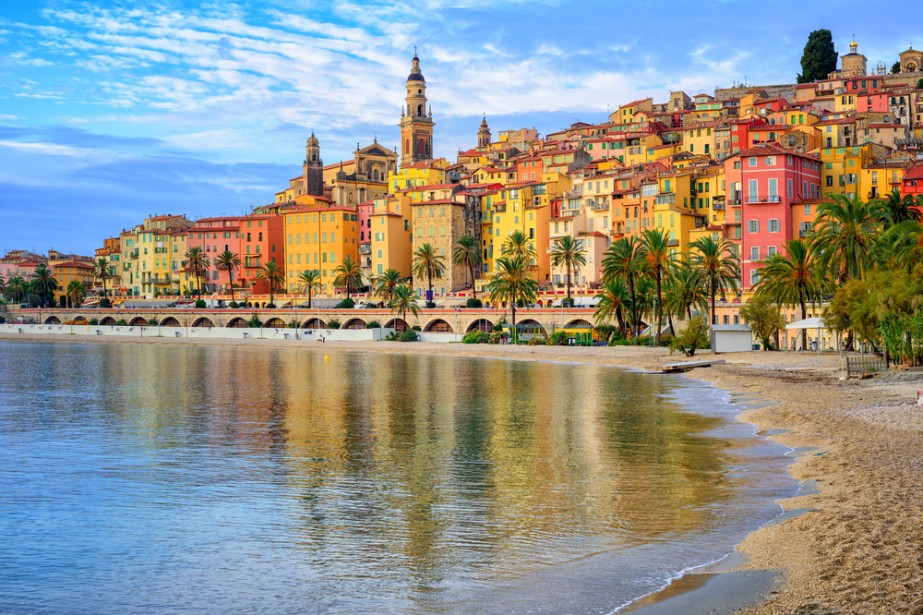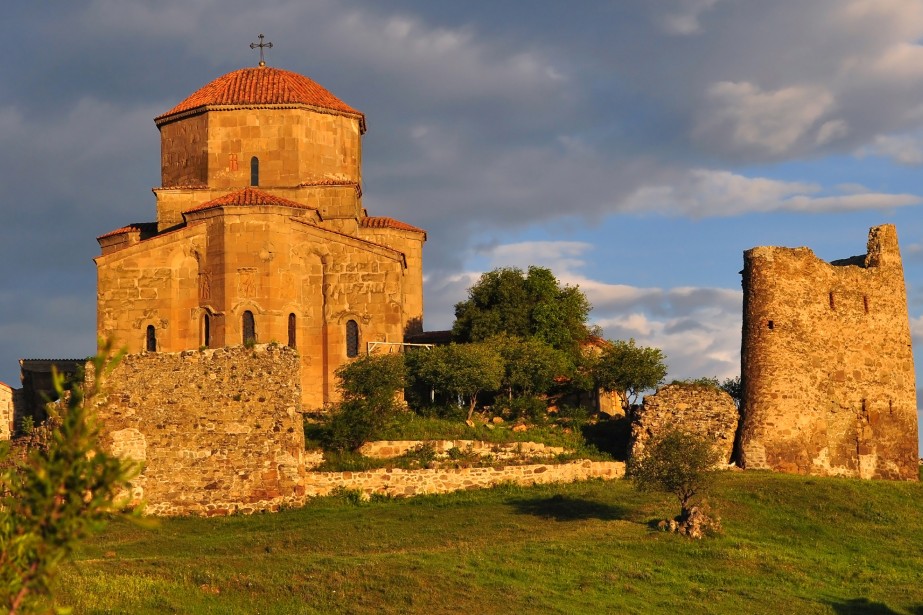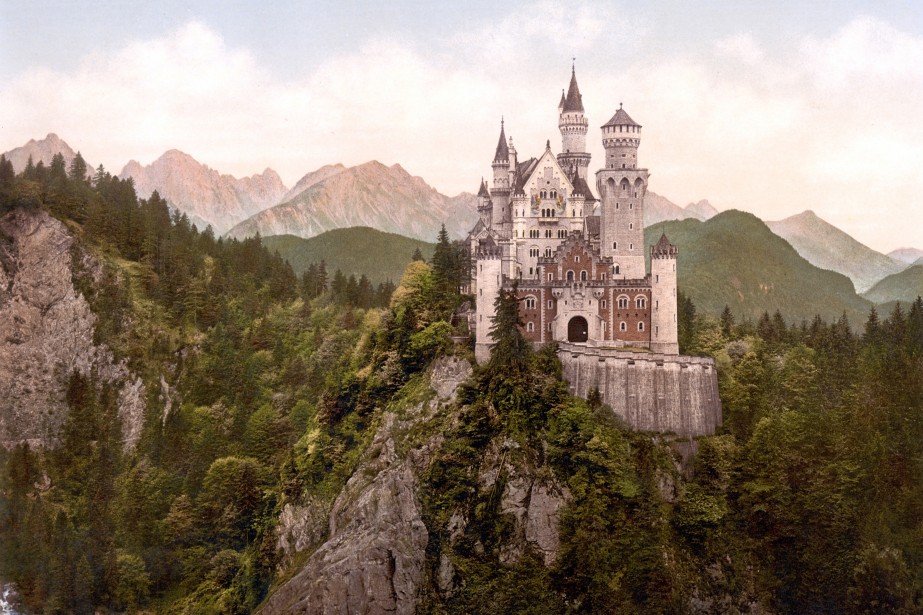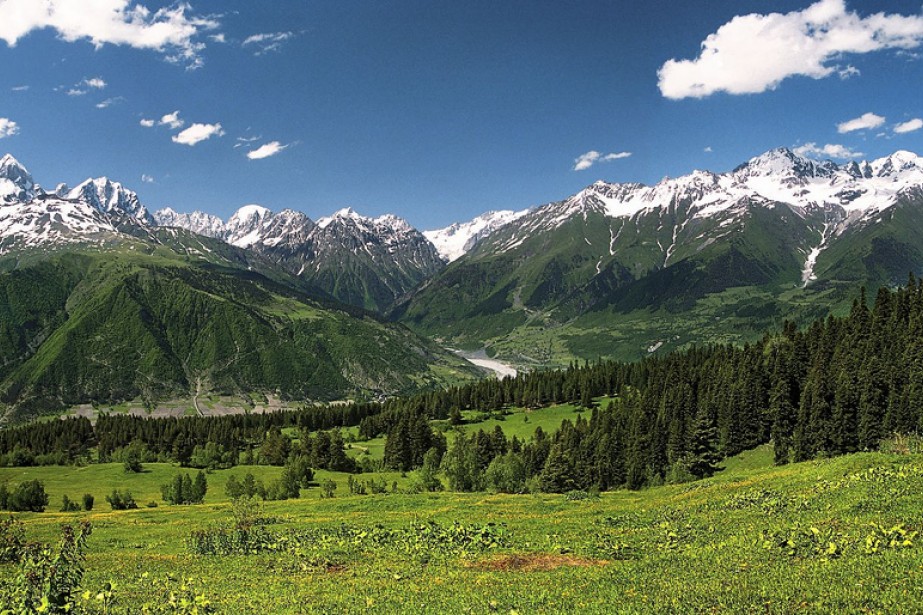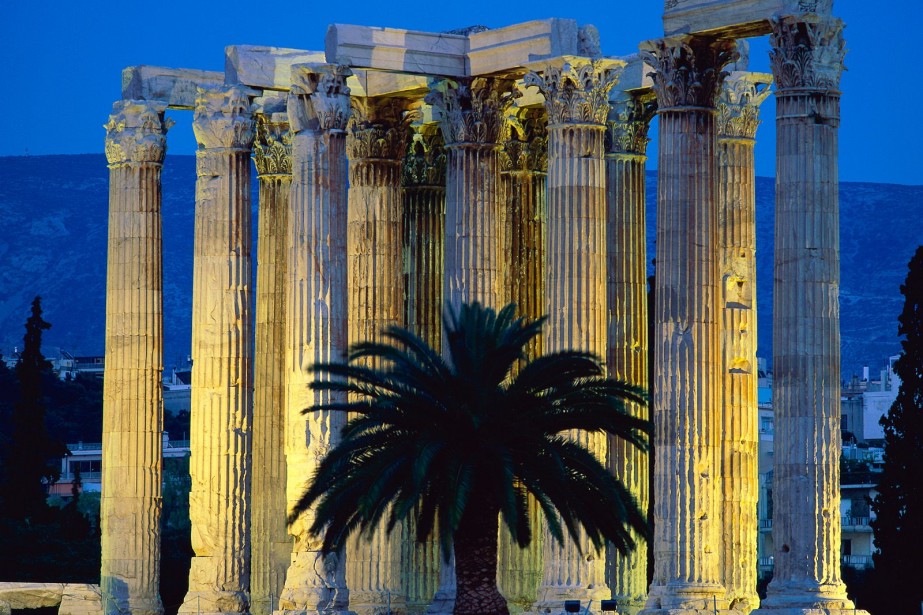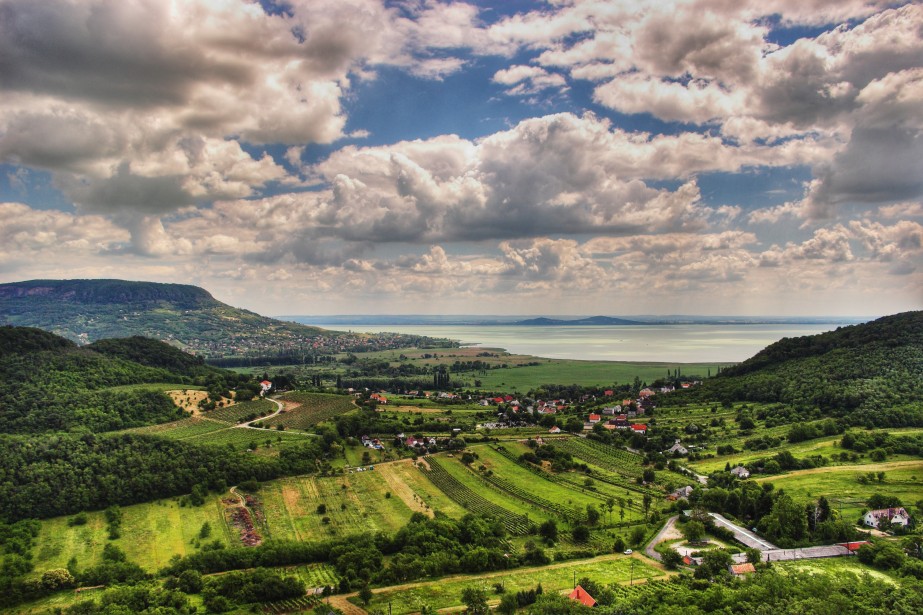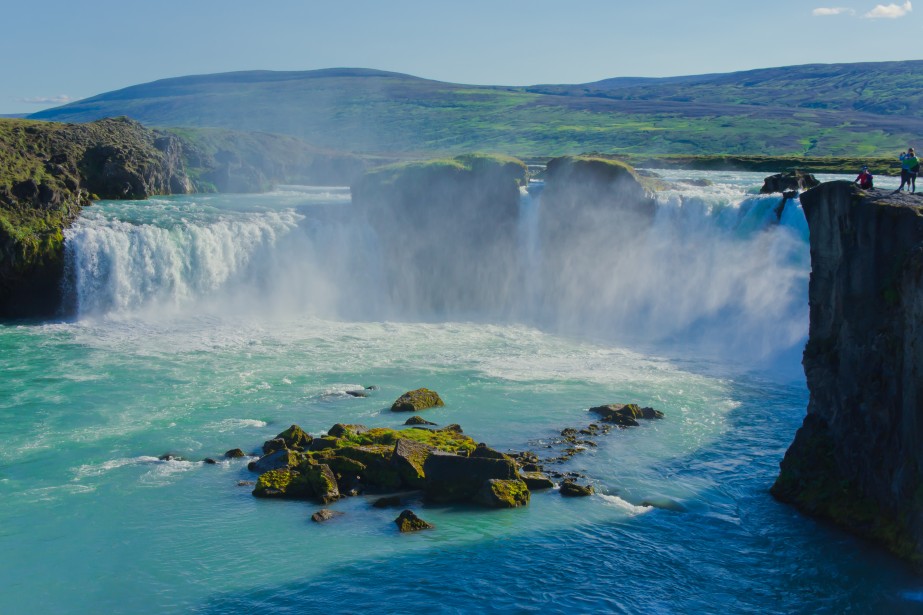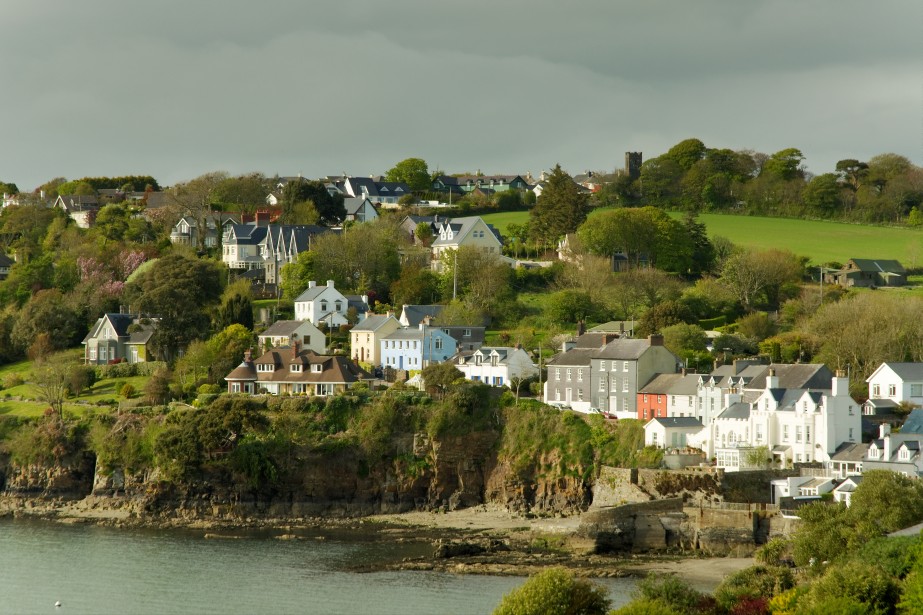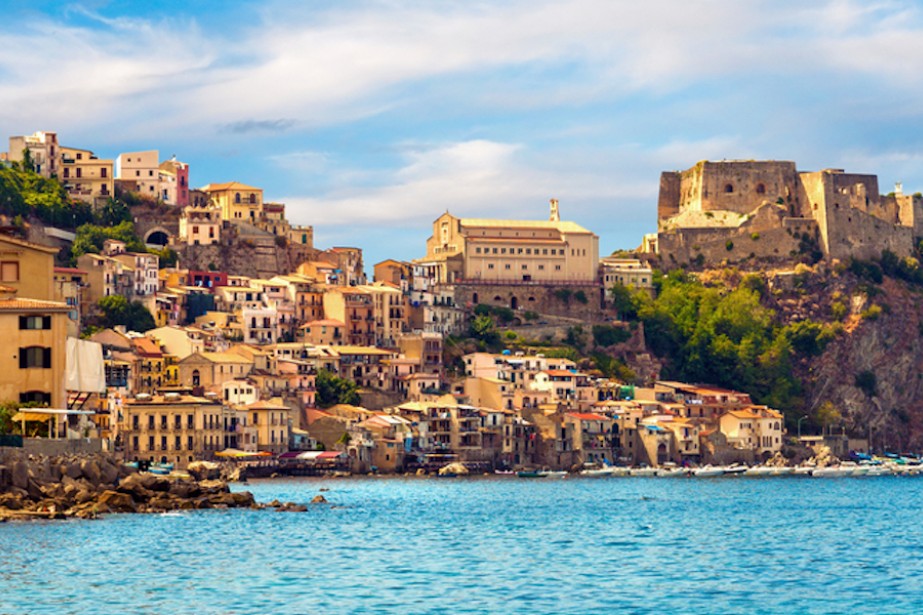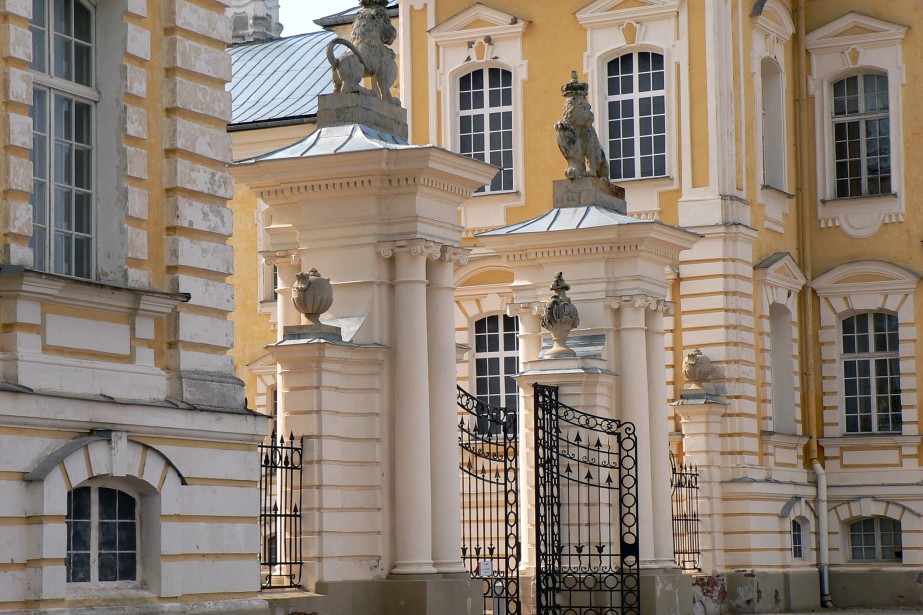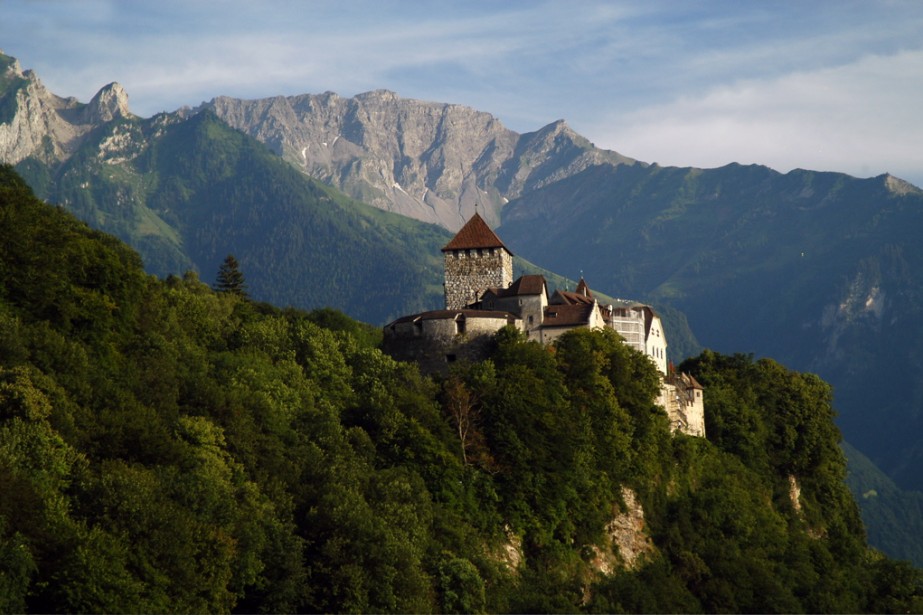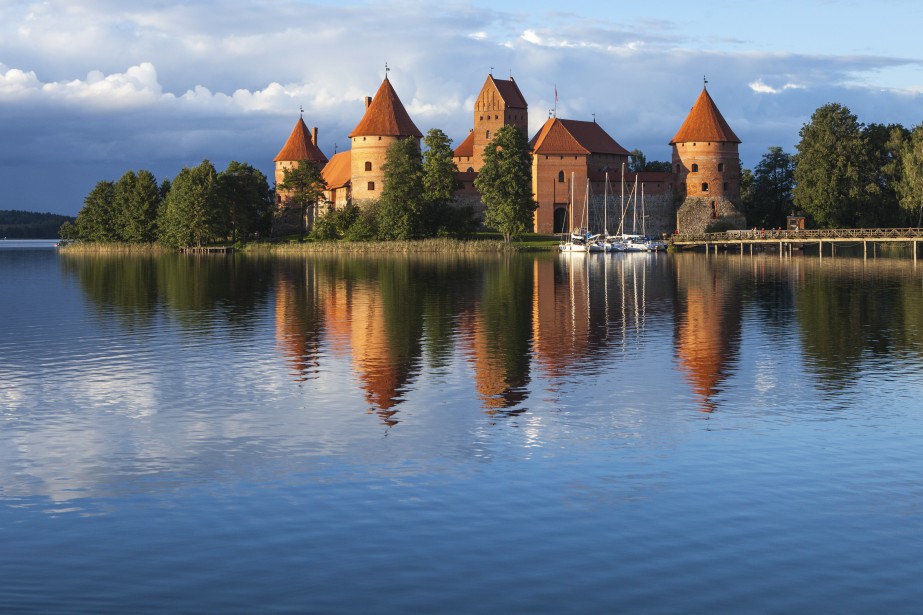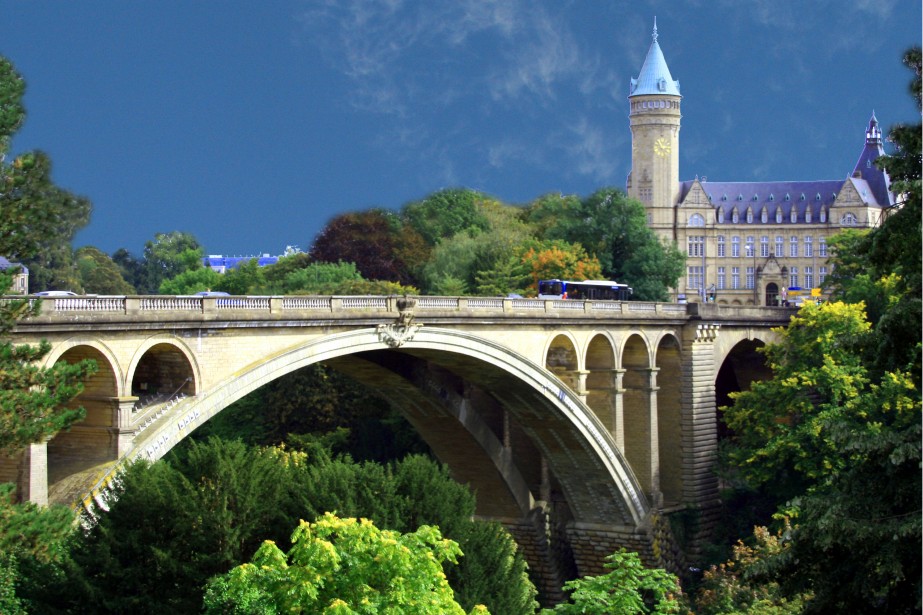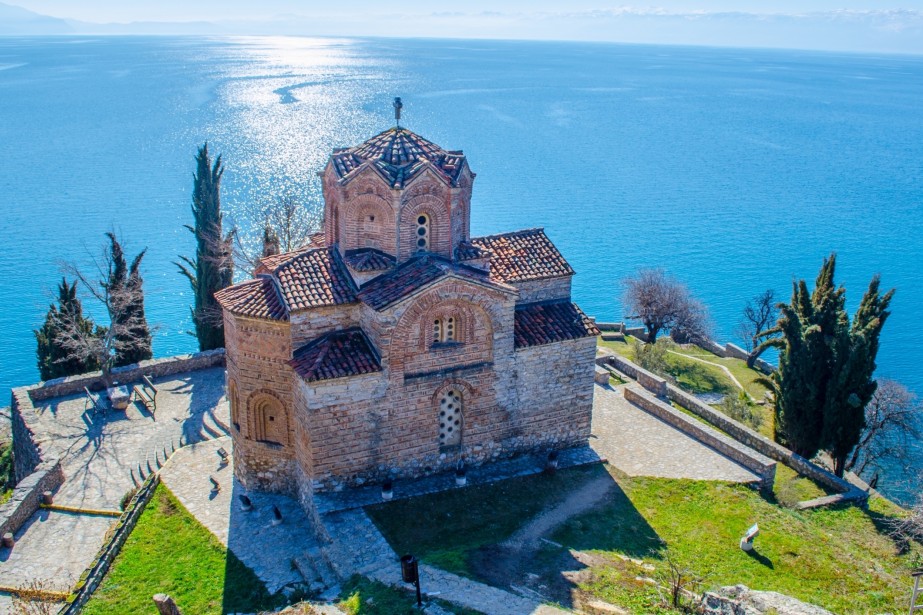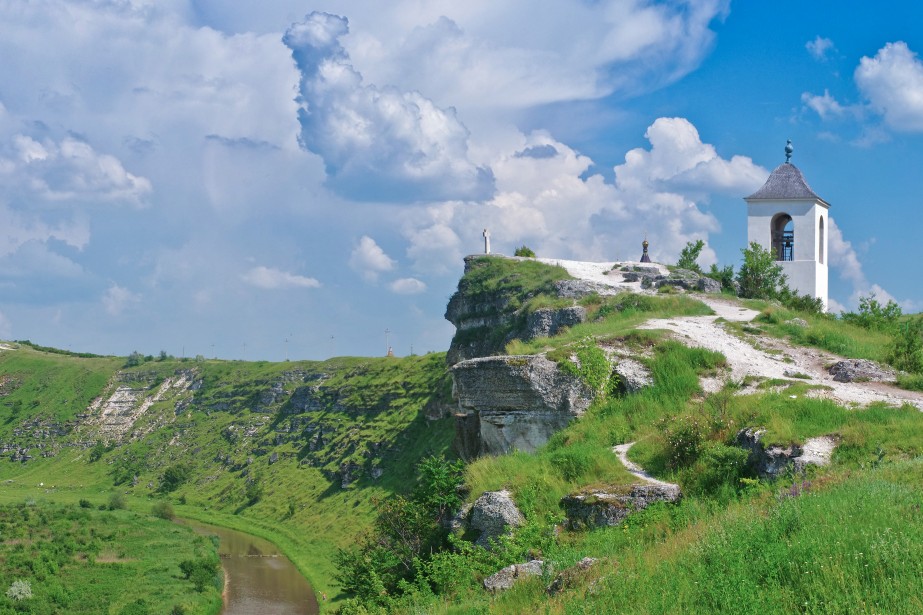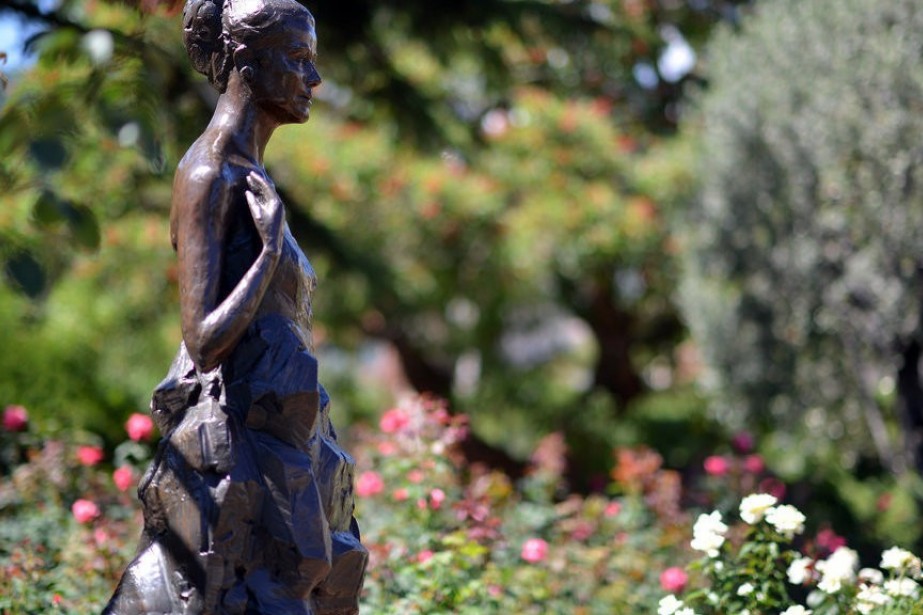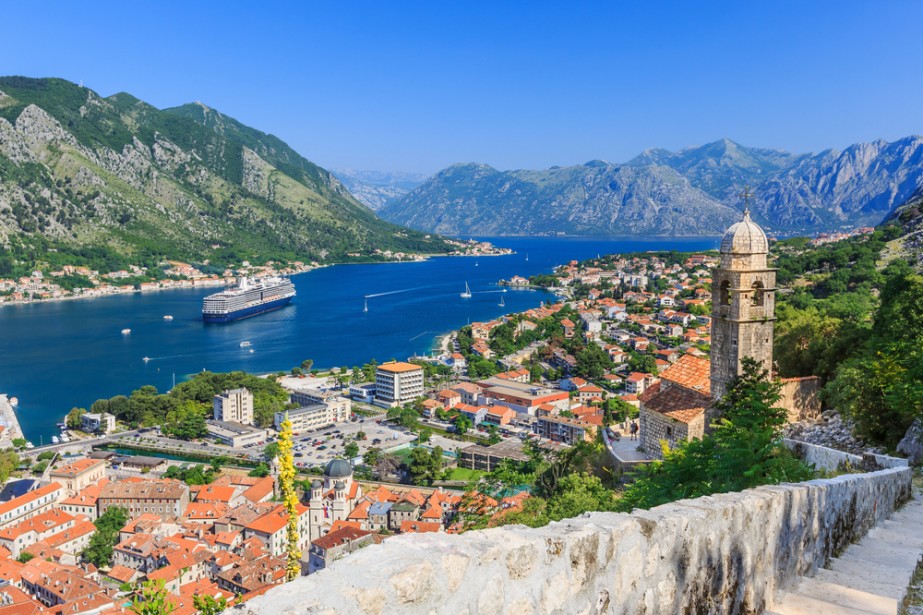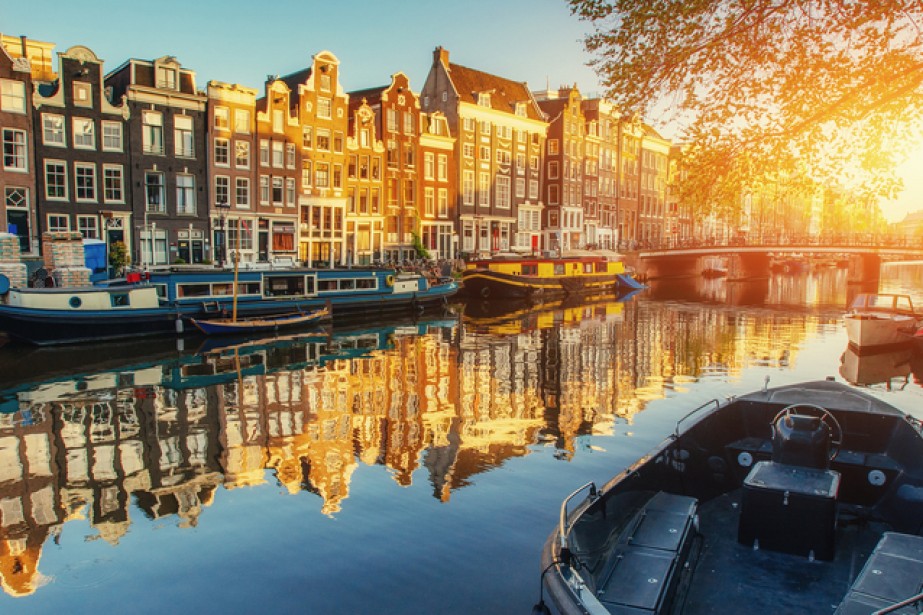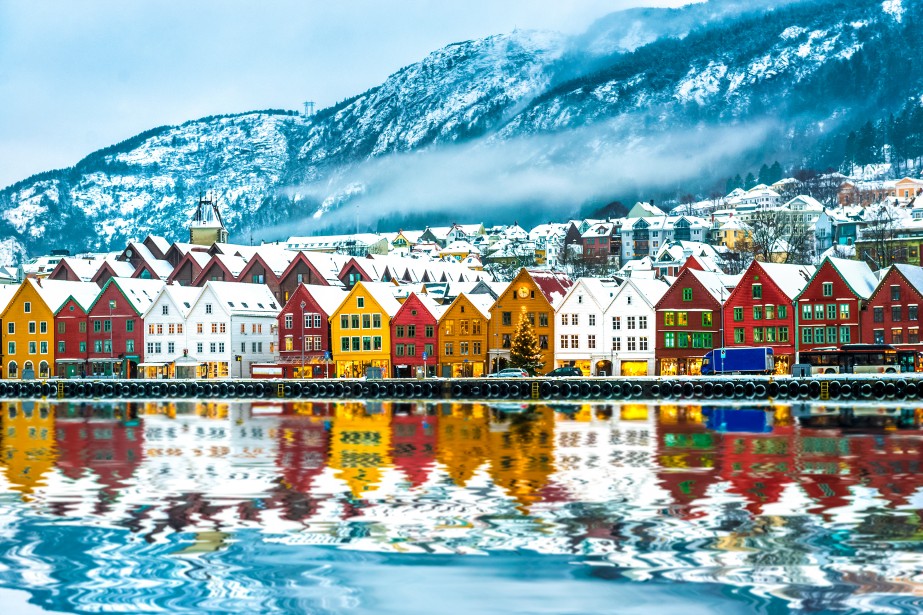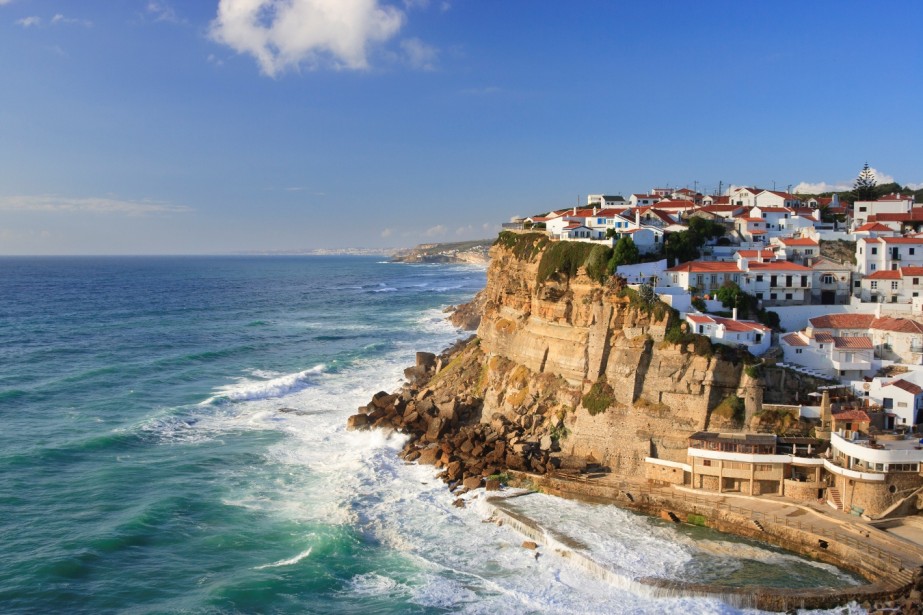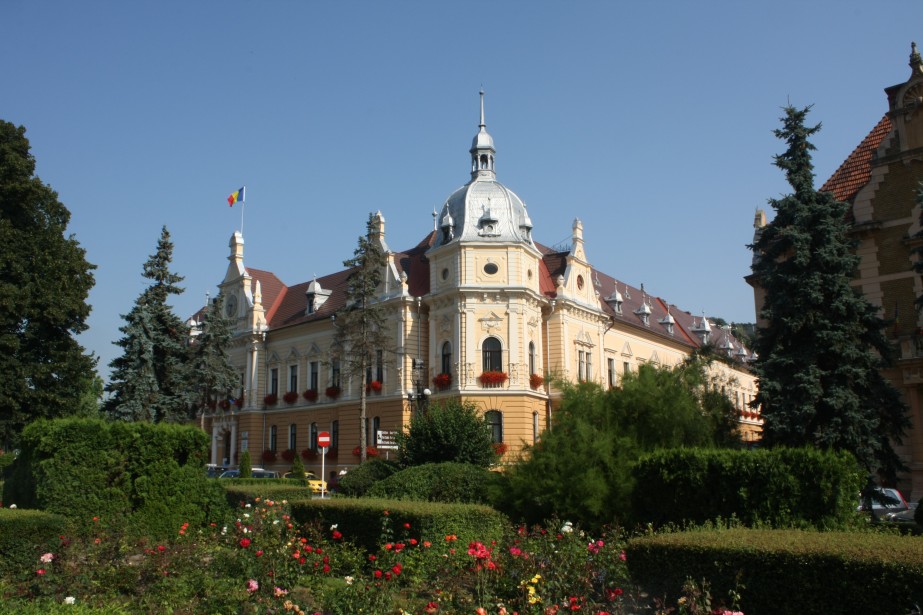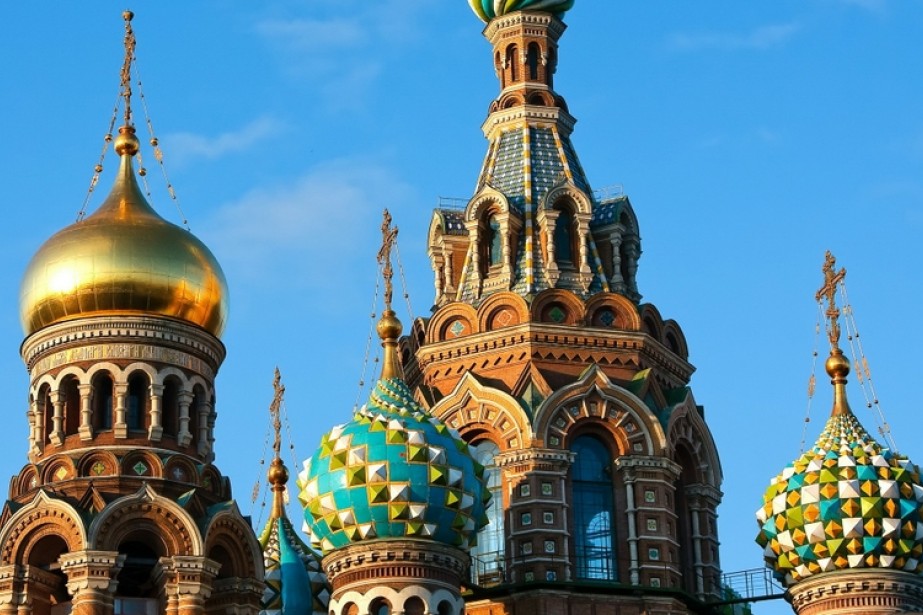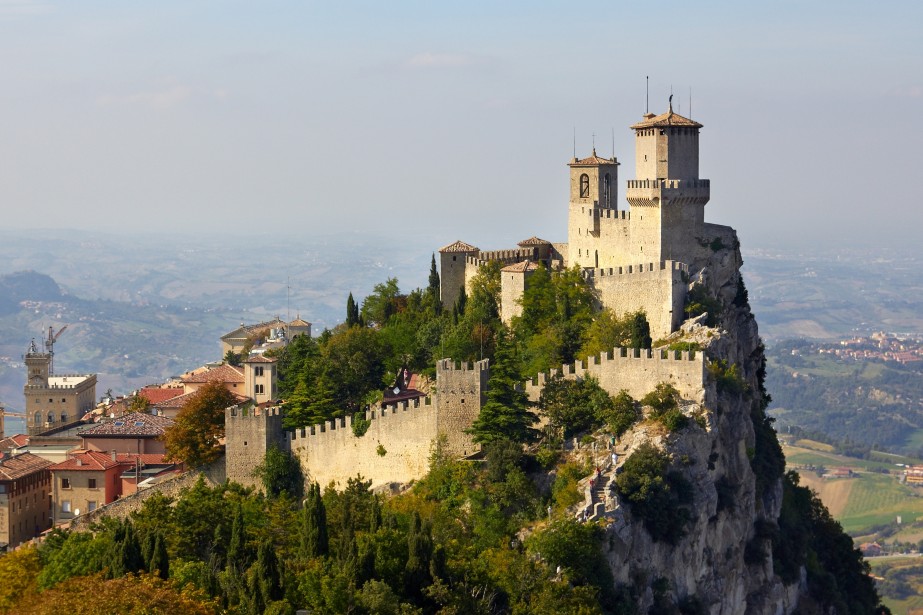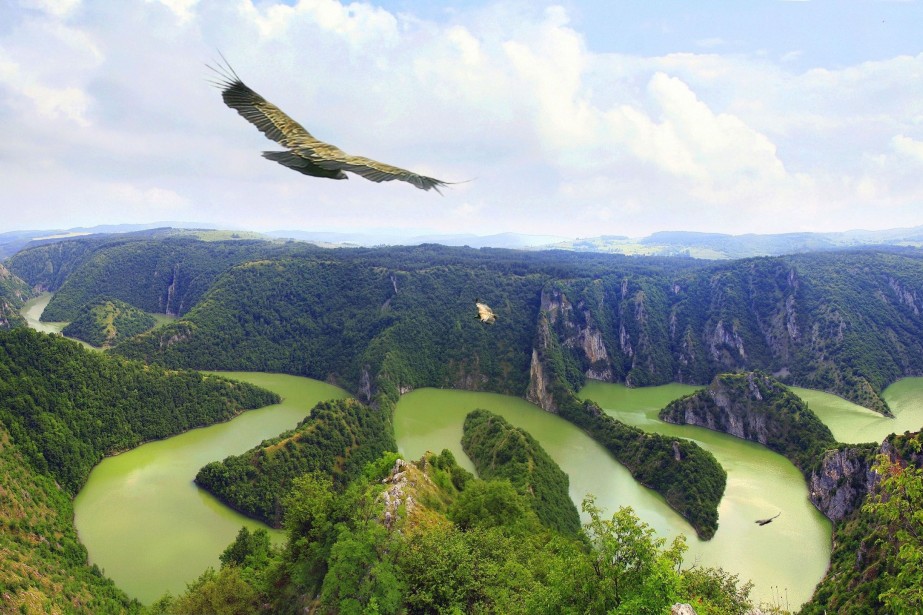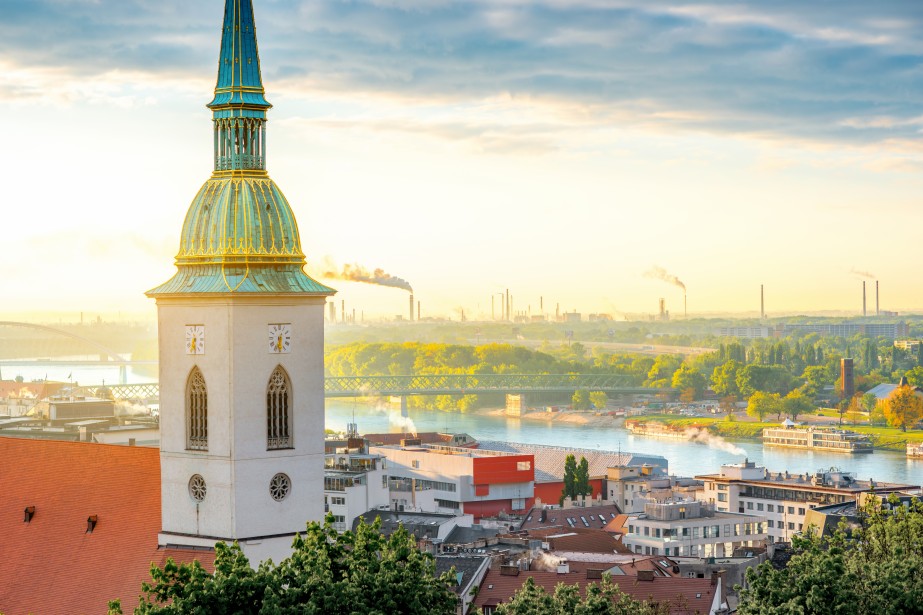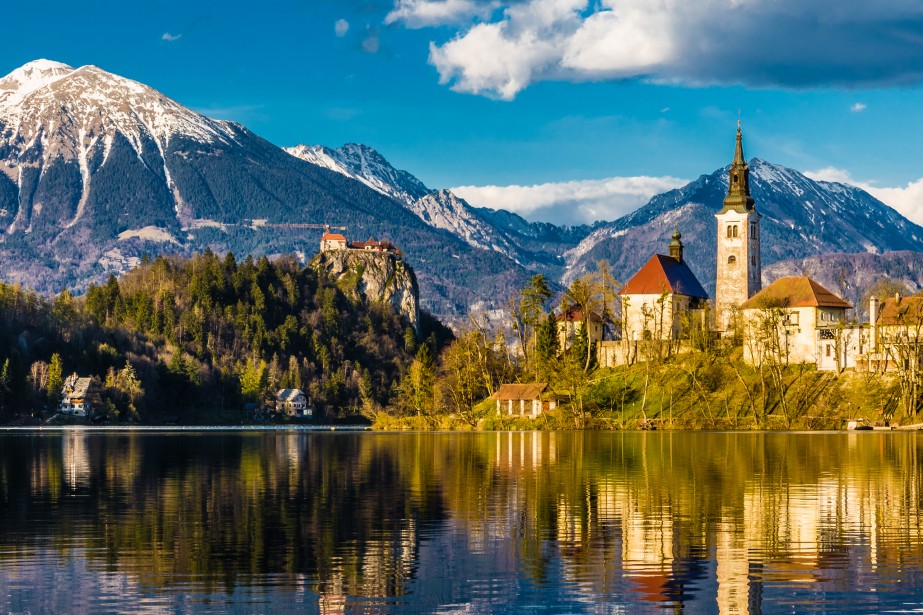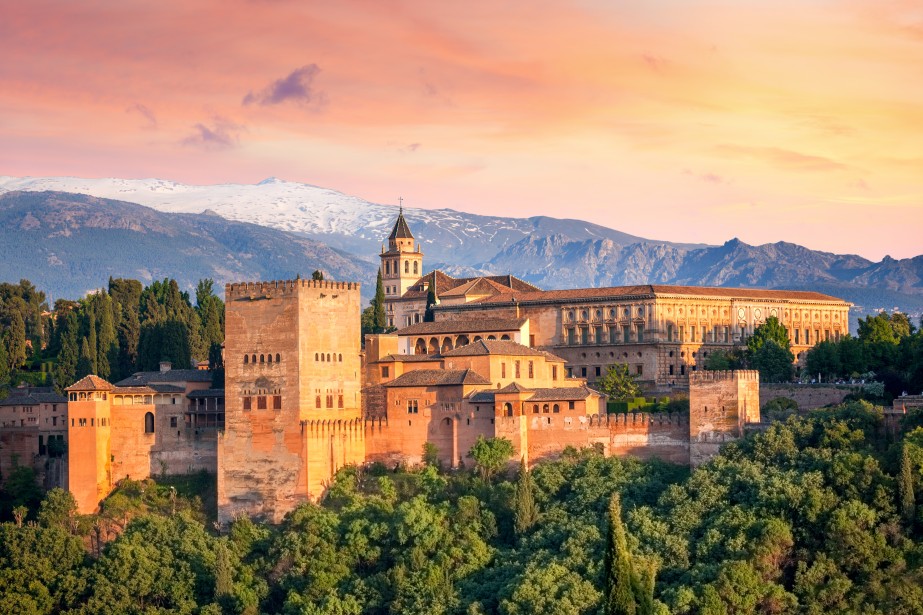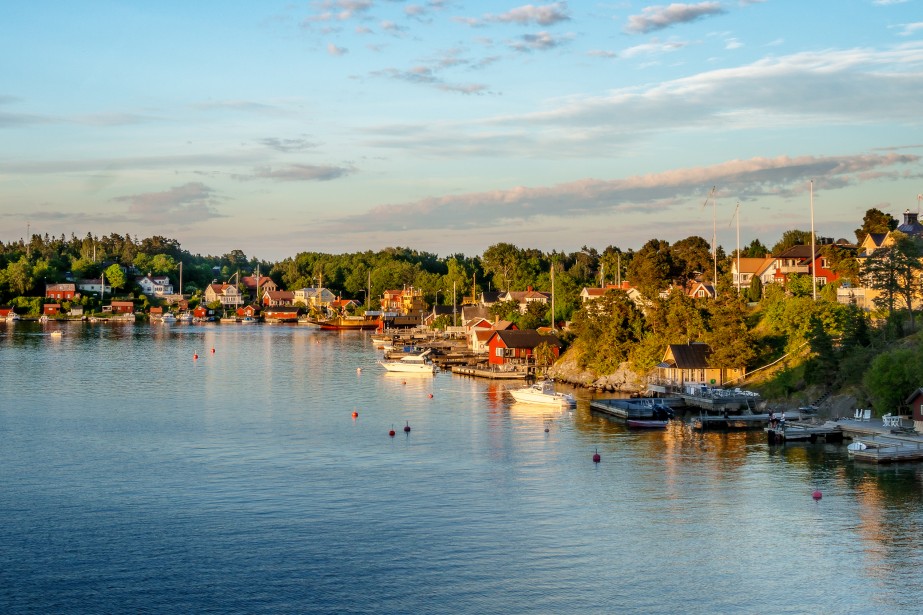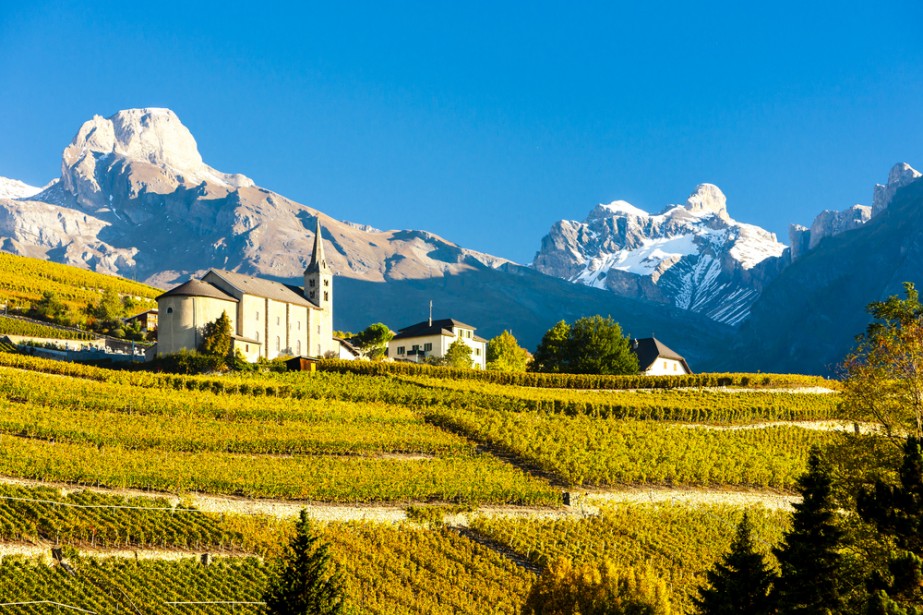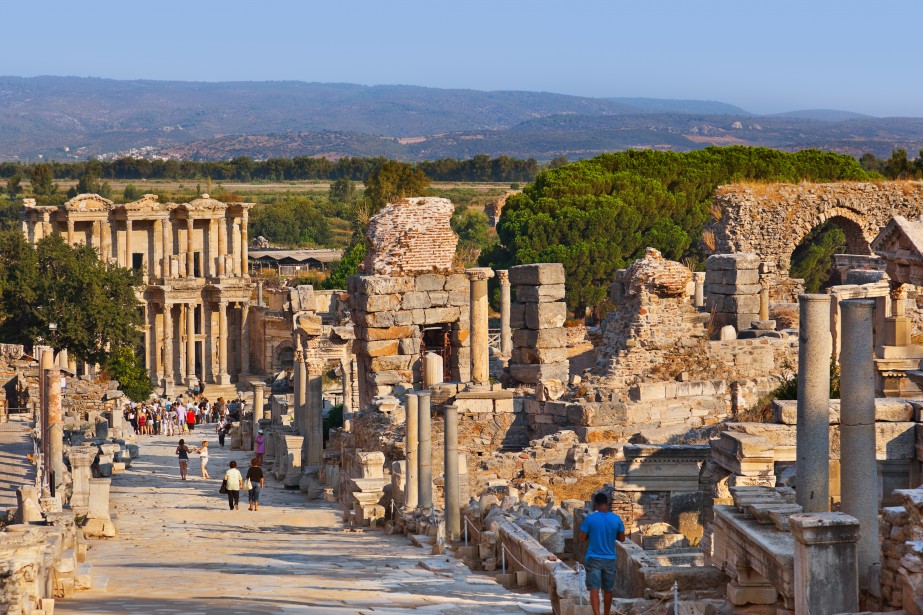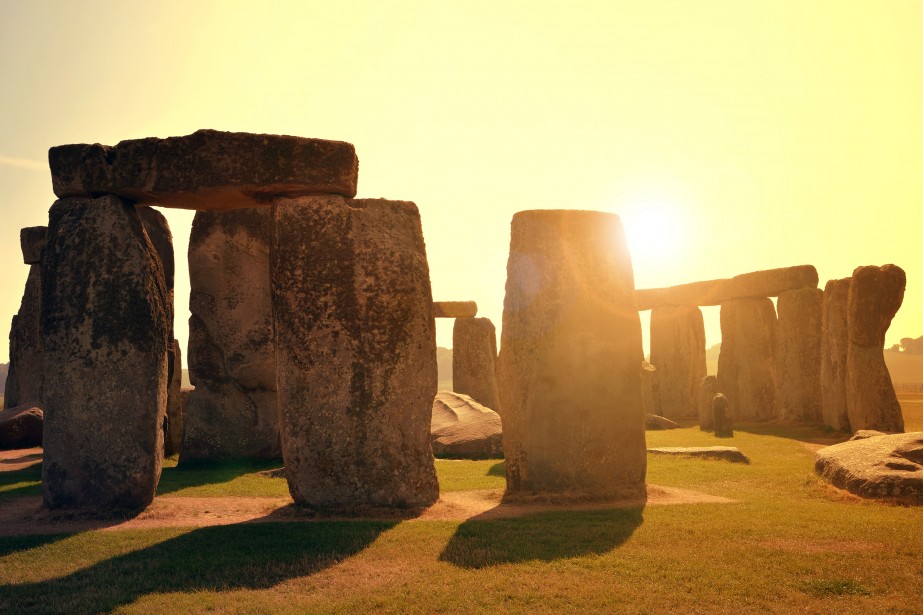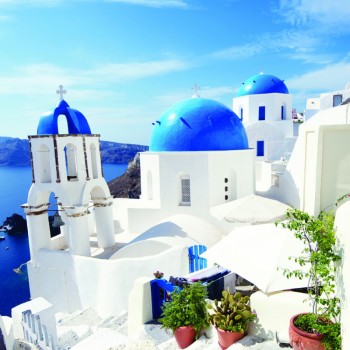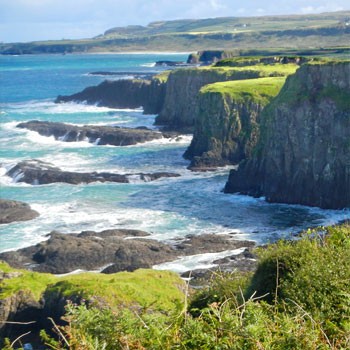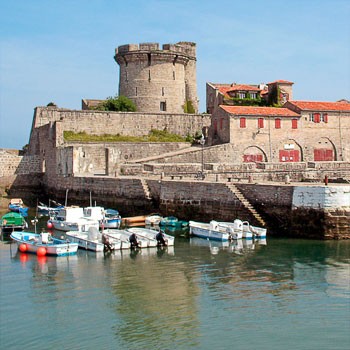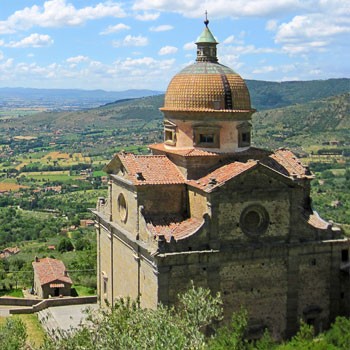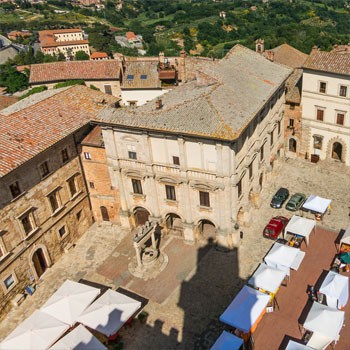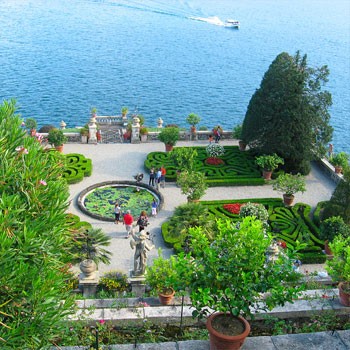Submitted by Claire Autruong on December 12, 2015
Overview
The Republic of San Marino is an entire country inside less than 24 square miles, the third-smallest country in Europe after the Holy See (Vatican) and Monaco. Contained entirely within the borders of modern-day Italy, San Marino is the world’s oldest republic. San Marino’s location atop Monte Titano at 2,000 feet above sea level gives it unparalleled views of the surrounding countryside all the way to the Adriatic coast. Although San Marino is rather small, it still boasts several cities, including the largest, Dogana, and the capital city (also called San Marino). As Italy has modernized, much of San Marino has also seen shopping malls and modern housing pop up along its streets, but the ancient town of San Marino is the main tourist draw and its narrow stone streets are largely unchanged.
When the saint and stonemason San Marino founded it in the 4th century BCE, San Marino was not unique as an independent city-state. Throughout history and even through the 19th century unification of Italy into the modern state it is today, San Marino maintained its independence.
The main features of San Marino are the highly visible stone towers that anchor the fortifications. Torre Guaita and Torre Cesta can be visited and climbed with a ticket purchase. The entire fort is in relatively good repair, mostly thanks to Twentieth Century Fox’s desire to use the entire republic and the fort as a set for the movie Prince of Foxes, starring Tyrone Power, meaning the studio paid to have the fortifications restored in the 1940s. While a visit to the fort’s grounds and towers can be relatively brief—there is not much to see once travelers have spent a requisite amount of time admiring the truly stunning view of the countryside and the Adriatic from the towers—the village of San Marino offers plenty of other sights to make it an attractive day trip or even a multi-day destination.
Tourists throng the main streets of San Marino during high season, but travelers looking for a less busy area of the old city can venture out on paths that lead toward some more remote overlooks and into some woodlands around the village. The main side path follows the clifftop out to the third tower, the Torre del Montale. The solitary fort is not open to the public, but the viewpoint next to it still offers excellent views and is much less crowded than its counterparts in the busier areas of the village. Travelers can also grab a delicious sandwich of cold meats from one of the village shops and enjoy it in relative peace at the benches along the clifftop paths.
When to Travel – Weather
Generally speaking, spring and fall are the best times to travel in Italy, and by extension, San Marino. Temperatures from April to June and September to October are much more pleasant, and in the countryside and hill-town regions especially, the vibrant fall colors can be enough reason to visit during that time. For travelers who do plan to travel during the summer months, however, San Marino can provide some welcome relief to hot summer temperatures. Its high elevation at almost a mile above sea level means that it will always be slightly cooler than the surrounding climate. That fact is important to keep in mind if travelers want to venture to Monte Titano during winter months, as it will be colder than the rest of the region.
August is generally a bad month in Italy and throughout Europe. The weather is at its worst, hot and muggy, and it seems like entire town’s populations go on vacation. San Marino is no exception to this. It’s best to avoid taking a trip here in August, as many attractions might be closed and the weather will be less than ideal.
If travelers wish to take advantage of shoulder and off seasons and wait until November to March to travel, they may run into rainy weather in November and shorter holiday hours at many attractions.
Food and Drink
Sammarinese cuisine does not differ in any major way from the Italian cuisine of the surrounding regions. Located in north-central Italy, San Marino shares much of its regional cuisine with the adjoining Marche and Emilia-Romagna regions. The staple of nearby city Borgo Maggiore can also be found in abundance in San Marino—a piada, very similar to a piadina, or a thin Italian flatbread sandwich made with flour, lard or olive oil, salt and water. The piada is usually filled with a variety of cold meats, vegetables and cheeses, but can also have sweet fillings like fruit jam or chocolate hazelnut spread.
Other Italian staples are also staples of the Sammarinese diet, including gnocchi, or potato dumplings, and pasta dishes such as nidi di rondini, a baked pasta with smoked ham, beef, cheese and tomato sauce. For special occasions like the Christmas holidays, bean and bacon soup fagioli con le cotiche or roasted rabbit with fennel might be served.
The most distinct Sammarinese foods are desserts based on the distinctive features of San Marino. The Torta Tre Monti, or Cake of the Three Mountains or Towers, is a layered wafer cake covered in chocolate and based on the three famous towers of San Marino. The Torta Titano is a layered cake made of biscuit, chocolate, hazelnut, cream and coffee and inspired by the mountain on which the medieval settlement rests, Monte Titano. Other desserts include Cacciatello, very similar to Crème Caramel, and zuppa di ciliegie, a dessert of cherries steeped in red wine.
Popular Vacation Spots
Città di San Marino and Monte Titano – This is what most travelers will think of as “San Marino proper.” Although the country consists of several towns, the medieval settlement atop Monte Titano featuring the three towers and ancient fortifications is the primary tourist destination and a UNESCO World Heritage Site. Generally, it isn’t necessary to spend any time in other areas of San Marino, which are more industrial and far less interesting. Travelers won’t want to miss the two towers that are open to the public (Guaita and Cesta), as they offer unbelievably good views of the surrounding countryside all the way to the Adriatic coastline. The Historical Centre is also home to several other San Marino attractions.
Palazzo Pubblico – The “Public Palace” is the seat of the Republic of San Marino’s governance and serves as the town hall of the City of San Marino. Based on the overall architecture of the Palazzo Vecchio in Florence, the current building was designed and built between 1884 and 1894 by the Roman architect Francesco Azzurri. A restoration project by architect Gae Aulenti took place in 1996 when the building began to become unsafe. The square in front of the building is a popular spot for tourists to relax and enjoy gelato, or posing with the somber-faced guards or watching the changing of the guard in front of the Palazzo.
Basilica di San Marino – The basilica is an oasis of peace in the midst of what can be a very busy tourist area in San Marino. While the current church is relatively recent for basilicas in the region, built in 1836, a prior church dates back to the 7th century, and the original basilica on these foundations dated back to the 4th century. The current church features eight Corinthian columns in the neoclassical style, and houses relics of San Marino.
Funicular to Borgo Maggiore – The cable car ride to and from the top of San Marino’s Historical Centre to the city of Borgo Maggiore can be an excellent way to reach the top of Monte Titano or return after a day visit. The cable car takes about two minutes and the views are truly stunning, including more than 120 miles of gorgeous Adriatic coastline. Not recommended for those with a fear of heights, as the funicular can feel relatively exposed on its journey up or down, despite no real safety worries.
Practical Information
San Marino uses the euro, which is convenient for travelers who will be coming from Italy, another country on the euro. No exchanges of currency will be needed, though part of San Marino’s popularity with tourists is its abundance of duty-free shopping.
The Republic of San Marino can be entered and exited freely, though visitors should certainly bring their passports to get a distinctive stamp from San Marino.
Sammarinese people all speak Italian. San Marino is also highly popular among Russian tourists, so travelers will see signs in Russian and many locals also speak some Russian. In the Historic Center, most shopkeepers, restaurant staff and other locals who interact with tourists should all speak English.
San Marino Travel with Trusted Adventures
> Find Activities in Europe

